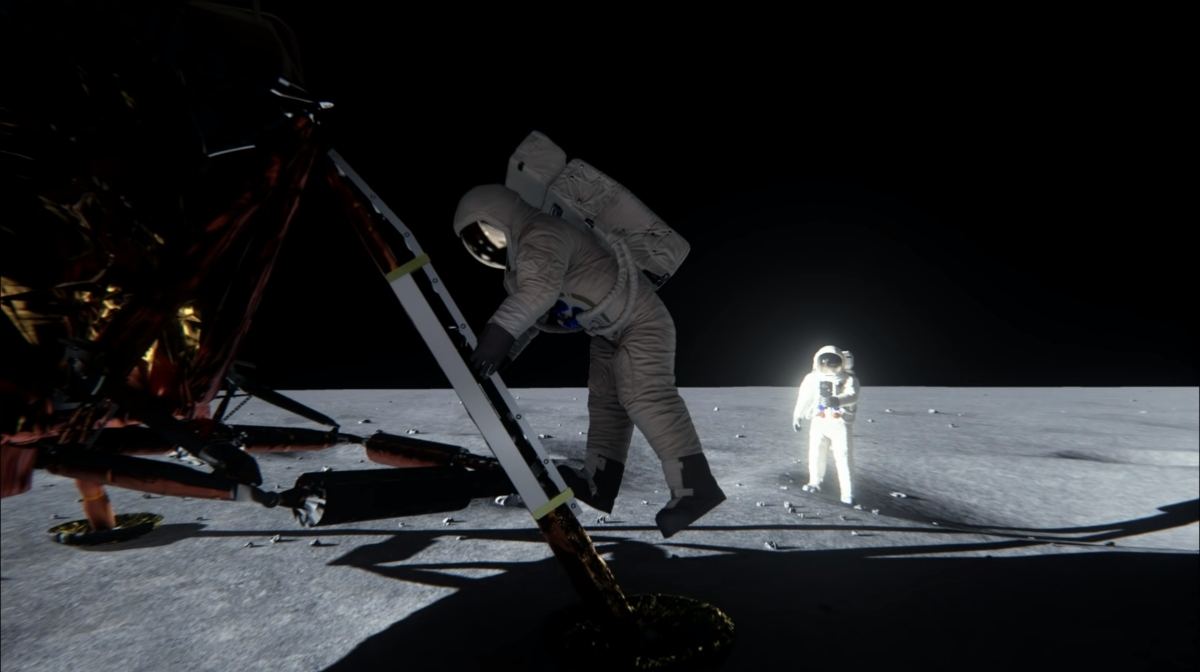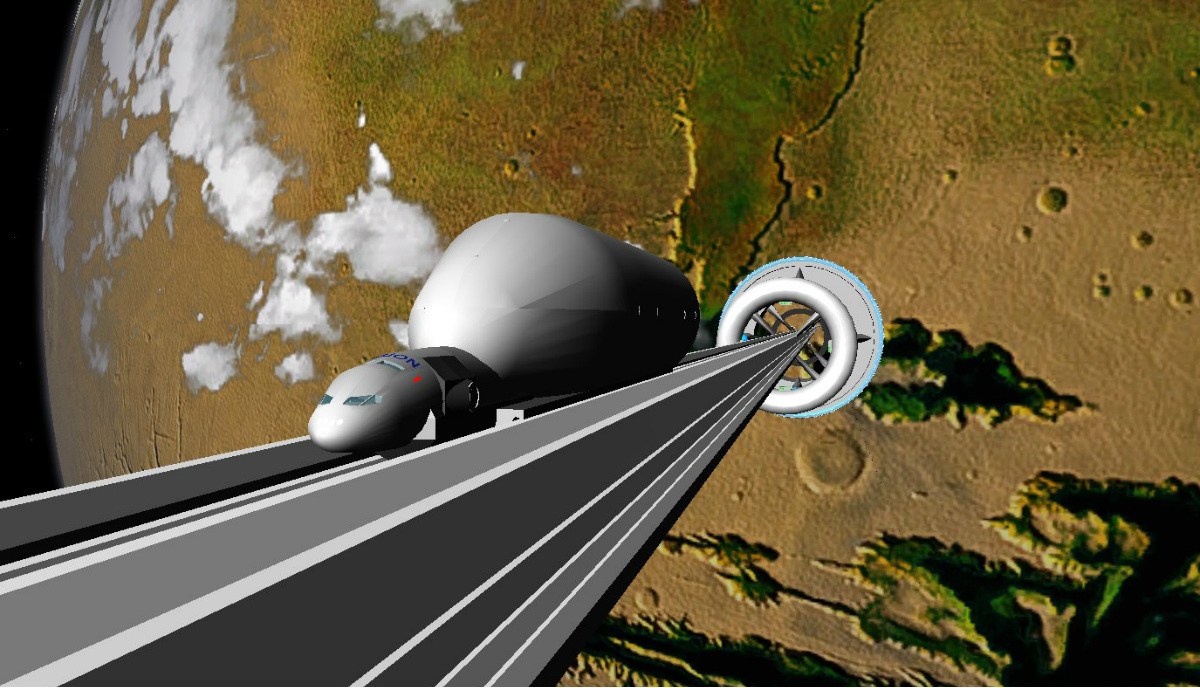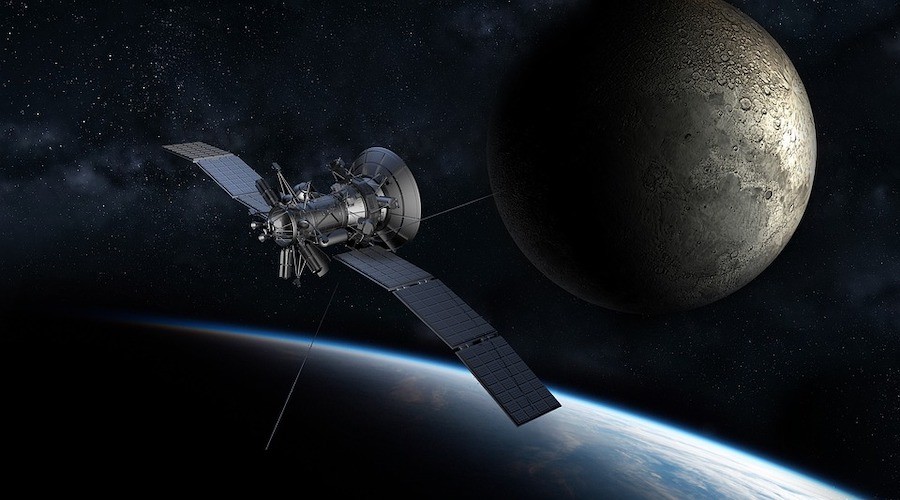Half-a-century has passed since mankind first set its foot on the moon. And while NASA is preparing to send the first woman to the moon, some humans still believe that space exploration done by US-based agency NASA was nothing more than a fake moon mission.
Anyway, July 20 was the 50th anniversary of the Apollo 11 Moon mission. On this occasion, Nvidia — a US-based company which designs graphics for computers — made an effort to debunk conspiracy theories and find out if Neil Amstrong and Buzz Aldrin actually landed on the moon or if it was just a dark film studio.
Nvidia put out their GPUs based on the new Maxwell architecture to digitally recreate the 45-year-old iconic photo of Buzz Aldrin (taken by Neil Armstrong) climbing down from the lunar module.
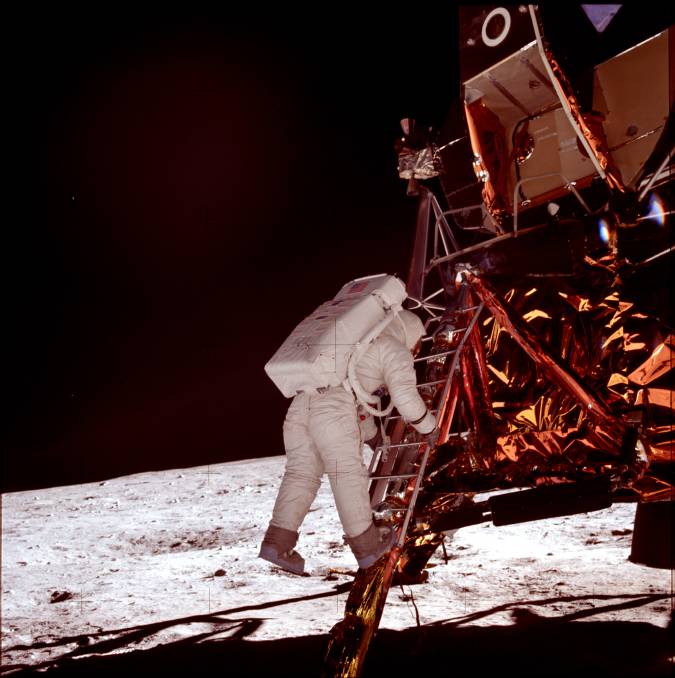
Nvidia claims that its game demo team used modern ray tracing and VXGI technologies to debunk two of the conspiracy theories given over the past decades. One of them is that the sun in the photo is behind the lunar module so how Aldrin’s suit is so illuminated in the photo unless there was studio lighting.
“Men lost their lives as part of the Apollo project, so it bugs me when people say it was all a hoax,” said Nvidia veteran Mark Daly, who leads the game demo team.
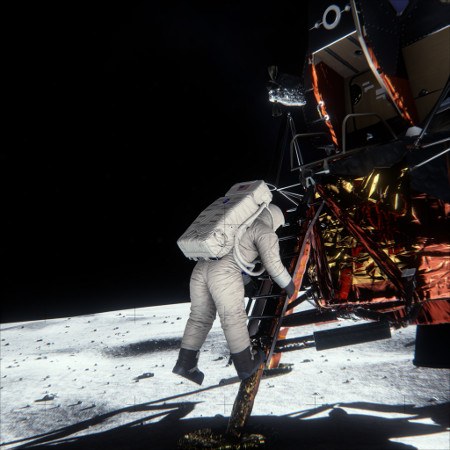
While analyzing the situation, the team considered various factors like the properties of the moon’s surface, the reflectiveness of the spacesuits worn by the astronauts. The team found a video of Aldrin descending down the ladder and there was a bright spot of light moving along with the camera.
The team also considered the possibility of artificial lighting, but was able to “reproduce how that light illuminated Aldrin as he stepped onto the moon’s surface at the exact moment Armstrong snapped his photo.”
“VXGI breaks a scene’s geometry into many thousands of tiny boxes called “voxels,” or 3D pixels. Each of the six sides of each box is analyzed to determine its opacity (how transparent it is) and its emittance (how much, and what color, light it reflects from other objects in a scene),” Nvidia explains in a blog post.
Using Unreal Engine 4, the team was able to rebuild the scene of the Moon landing. Thus, they were able to prove how the sun’s light must have bounced off Moon’s surface and Armstrong’s suit falling onto Aldrin’s suit.
Another theory is that there are no stars visible in the photo. It was suggested that the US government couldn’t include them because it was almost impossible to predict the position of stars from the moon.
According to Daly, it was due to the fact that the camera was set to low exposure to capture the Moon’s surface. His team was able to digitally tweak the exposure in the photo and see the stars.
This story has been updated to correct a typo in the title.

